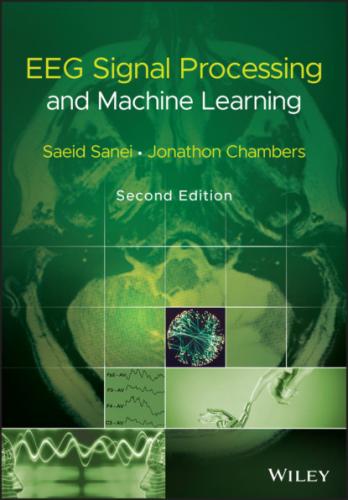Figure 3.4 A single AP in response to a transient stimulation based on the Hodgkin–Huxley model. The initiated time is at t = 0.4 ms and the injected current is 80 μA cm−2 for a duration of 0.1 ms. The selected parameters are C m = 1.2 μF cm−2,
Figure 3.5 The AP from a Hodgkin–Huxley oscillatory model with reduced maximal potassium conductance.
3.2.4 Morris–Lecar Model
A simpler model than that of Hodgkin–Huxley for simulating spiking neurons is the Morris–Lecar model [14]. This model is a minimal biophysical model, which generally exhibits single AP. This model considers that the oscillation of a slow calcium wave depolarizing the membrane leads to a bursting state. The Morris–Lecar model was initially developed to describe the behaviour of barnacle muscle cells. The governing equations relating the membrane potential (E) and potassium activation wk to the activation parameters are given as:
(3.28)
(3.29)
where Ii is the combination of three ionic currents, calcium (Ca), potassium (K) and leak (l) and similar to the Hodgkin–Huxley model, are products of a maximal conductance
(3.30)
(3.31)
The steady‐state activation function aca (E), involved in calculation of the calcium current, is defined as:
(3.32)
Similar to the sodium current in the Hodgkin–Huxley model, the calcium current is an inward current. Since the calcium activation current is a fast process in comparison with the potassium current, it is modelled as an instantaneous function. This means that for each voltage E, the steady‐state function aCa (E) is calculated. The calcium current does not incorporate any inactivation process. The activation variable wk here is similar to ak in the Hodgkin–Huxley model, and finally the leak currents for both models are the same [12]. A simulation of the Morris–Lecar model is presented in Figure 3.6.
Calcium‐dependent potassium channels are activated by intracellular calcium, the higher the calcium concentration the higher the channel activation [12]. For the Morris–Lecar model to exhibit bursting behaviour, the two parameters of maximal time constant and the input current have to be changed [12]. Figure 3.7 shows the bursting behaviour of the Morris–Lecar model. The basic characteristics of a bursting neuron are the duration of the spiky activity, the frequency of the APs during a burst, and the duration of the quiescence period. The period of an entire bursting event is the sum of both active and quiescence duration [12].
Figure 3.6 Simulation of an AP within the Morris–Lecar model. The model parameters are: Cm = 22 μF cm−2,
Figure 3.7 An illustration of the bursting behaviour that can be generated by the Morris–Lecar model.
Neurons communicate with each other across synapses through axon‐dendrites or dendrites‐dendrites connections, which can be excitatory, inhibitory, or electric [12]. By combining a number of the above models, a neuronal network can be constructed. The network exhibits oscillatory behaviour due to the synaptic connection between the neurons. It is commonly assumed that excitatory synaptic coupling tends to synchronize neural firing, while inhibitory coupling pushes neurons towards anti‐synchrony. Such behaviour has been seen in models of neuronal circuits [1].
A synaptic current is produced as soon as a neuron fires an AP. This current stimulates the connected neuron and may be modelled by an alpha function multiplied by a maximal conductance and a driving force as:
(3.33)
where:
(3.34)
and t is the latency or time since the trigger of the synaptic current, u is the time to reach to the peak amplitude, Esyn is the synaptic reversal potential, and
As the nature of the EEG sources cannot be determined from the electrode signals directly, many researchers have tried to model these processes on the basis of information extracted using signal processing techniques. The method of linear prediction (LP) described in the
